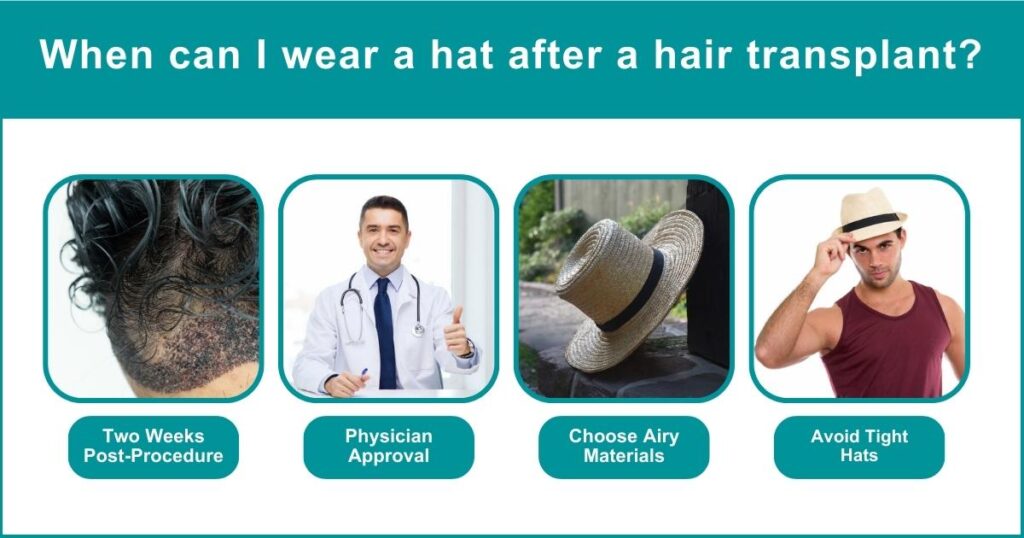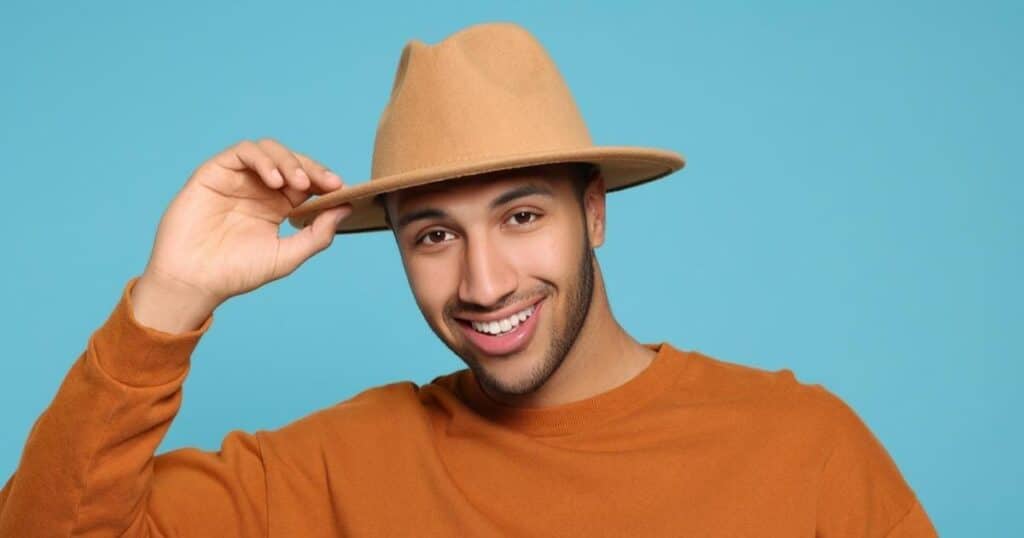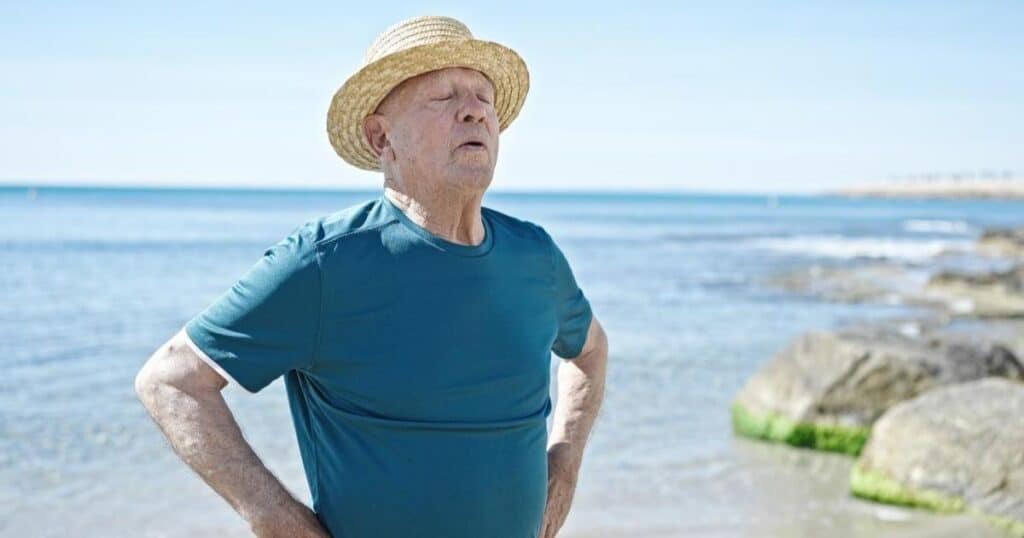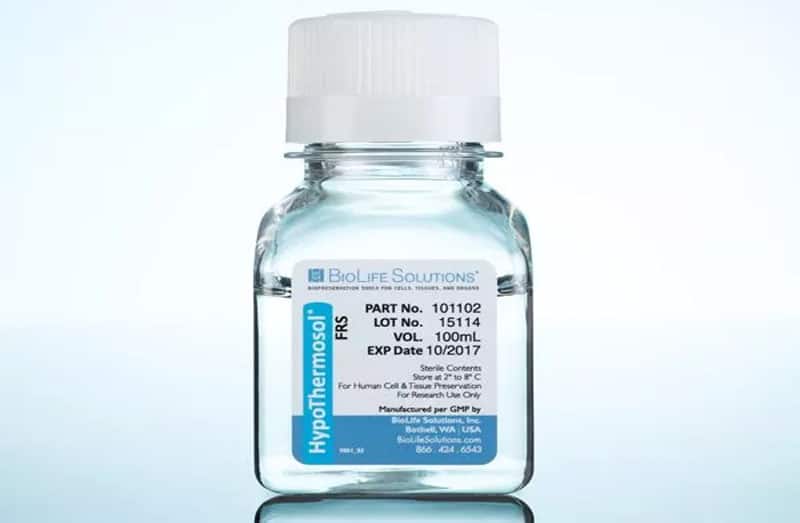Can I wear a hat after a hair transplant restoration? It’s an inquiry that needs to be addressed if you’re pondering getting the system. While hats can protect from sun and cold, they may also cause damage to newly transplanted follicles.
In this blog post, we’ll discuss whether or not it is safe for patients who have undergone hair transplant restoration procedures to wear hats and headgear. As well as tips on caring for your new look following a successful surgery. So don’t worry about having to go bald to enjoy life again.
Table of Contents:
- Wearing Hats After Hair Transplant Restoration
- Potential Damage from Wearing Hats After Hair Transplant
- Tips for Caring for Your Hair After Hair Transplant Restoration
- Is it Safe to Wear Hats After Hair Transplant Restoration?
- Conclusion
Wearing Hats After Hair Transplant Restoration

Wearing a hat after hair transplant restoration can be beneficial but must be done with care. Knowing when and how to wear hats will protect your new hair and maximize the results of your procedure.
When Can I Wear a Hat?
- Two Weeks Post-Procedure: Generally, it’s okay to don a hat two weeks after the procedure.
- Consult Your Physician: Always get the go-ahead from your physician first.
- Type of Hat: Choose roomy headwear crafted from airy materials such as cotton or linen.
- Avoid Tight Headgear: Avoid baseball caps or beanies that may cause tension on the scalp, leading to irritation or damage.
Types of Headgear to Avoid
- Initial Post-Operative Period: Be extra cautious as grafts are still settling.
- Avoid Pressure on the Scalp: Avoid baseball caps, knit hats, bandanas, and beanies.
- Potential Risks: This can lead to unnecessary pressure on delicate areas and potential irritation or even loss of transplanted hairs if worn too soon after surgery.
Understanding Risks and Safe Practices
- Awareness of Risks: Be conscious of potential risks associated with wearing hats after hair transplant restoration.
- Safe Types of Headgear: Understanding what types of headgear are safe to wear following the procedure helps minimize risks.
Potential Damage from Wearing Hats After Hair Transplant

After a hair transplant, the scalp is particularly vulnerable and requires special attention. One common concern is wearing hats or other headwear, which, if done too soon, can lead to several complications. Understanding the types of potential damage and taking appropriate preventive measures can ensure a smooth and successful recovery process.
Types of Damage from Wearing Hats Too Soon
Wearing a hat too soon after a hair transplant can lead to various issues, including:
- Minor Irritation or Inflammation: This can be temporary but requires attention.
- Redness and Itching: Usually caused by friction from tight-fitting hats or caps.
- Temporary Shedding of Grafts: Rubbing against them too vigorously may dislodge the grafts.
- More Serious Issues: Including infection or even loss of some transplanted hairs due to trauma.
Preventive Measures and Proper Care
It’s essential to be aware of the risks and take appropriate measures to prevent any potential harm:
- Avoid Wearing Hats Too Soon: Adhere to the recommended two-week waiting period.
- Choose Appropriate Headwear: If necessary, select loose-fitting hats that don’t cause friction.
- Follow Care Instructions: Such as avoiding heat styling and chemical treatments.
Recommended Wait Time Before Wearing Hats After Hair Transplant
One often overlooked aspect of post-operative care after a hair transplant is the timing of wearing hats or other headwear. The healing process requires delicate care, and wearing hats too soon can lead to complications. The following table outlines the recommended wait time before wearing hats and the rationale behind these guidelines:
| Guideline | Explanation |
| Delay wearing a hat for at least two weeks | Wearing hats too soon may cause scarring or contamination of the implanted follicles. |
| Avoid wearing hats prematurely | Prevents the risk of damaging newly implanted follicles before they have settled and rooted. |
| Wait for two weeks before wearing any headwear | Allows the grafts time to settle into their new environment and become firmly rooted in place. |
Tips for Caring for Your Hair After Hair Transplant Restoration

Proper Shampooing and Conditioning Techniques:
After a hair transplant, it is important to maintain proper shampooing and conditioning techniques in order to keep your scalp healthy. For optimal scalp health, use mild shampoos without sulfates and other harsh chemicals to avoid irritation. Additionally, avoid any products with alcohol or menthol, which can dry out the scalp and cause further irritation. Gently massage a sulfate-free, alcohol, and menthol-free shampoo into your scalp for at least one minute prior to rinsing with lukewarm water after a transplant. Conditioner should also be used regularly following a transplant. This will help protect against split ends while nourishing the newly transplanted follicles.
Avoiding Heat Styling and Chemical Treatments:
In order for new hairs from a hair transplant restoration procedure to grow properly. It is important not to over-style them using heat or chemical treatments such as dyes or relaxers. Too much heat can damage delicate follicles while certain chemicals may interfere with their growth process. If you must style your hair after a transplant procedure, opt for gentler methods like air drying or low-heat styling tools such as ceramic flat irons on low settings (below 200°F). Additionally, if you plan on coloring your new hair in any way post-transplantation. Make sure that you consult with an experienced stylist first who has experience working with clients who have undergone similar procedures before attempting anything yourself at home.
Eating healthy and taking supplements for hair growth are essential for promoting healthy hair growth following a hair restoration procedure. Foods rich in proteins such as lean meats, along with fruits and vegetables packed full of vitamins A & C are great options when looking for meals that will promote healthier tresses post-transplantation. Additionally, taking supplements specifically designed for supporting natural hair growth can provide extra nutrients needed during this period of recovery. Look out for those containing Biotin (a B vitamin), which helps stimulate cell production within the body resulting in thicker locks.
Caring for your locks after a hair transplant is imperative to guarantee the most ideal outcomes. So it’s essential to adhere to the exhortation laid out in this article. Moving on, we’ll discuss whether or not it is safe to wear hats post-transplantation and provide some recommendations on when and how you can do so safely.
Is it Safe to Wear Hats After Hair Transplant Restoration?
Wearing hats after a hair transplant can be beneficial in protecting the scalp and newly transplanted hairs from sun damage, wind, and other environmental factors. Still, there could be potential dangers linked to donning headgear too soon after the operation. This section will provide an overview of the benefits and risks of wearing hats post-transplantation as well as final recommendations on when and how to wear them safely.
When pondering the question of donning a hat after surgery, it is essential to weigh up both advantages and drawbacks. Wearing a hat can help protect your scalp from sunburns or windburns that could potentially damage newly transplanted hairs. Additionally, wearing headgear may also reduce itching due to scabbing or flaking at the donor site which can occur during the healing process. On the other hand, if you choose to wear a hat before your grafts have fully settled in place then there is an increased risk for traction alopecia (hair loss caused by excessive tension) along with follicle disruption which could lead to scarring and further hair loss over time.
For those who are eager to don headgear following their hair transplant, patience is key. It’s recommended that you wait until all swelling has subsided, typically around two weeks post-surgery. So that your grafts have had sufficient time to bed in properly without any extra tension being placed on them through tight-fitting caps or beanies etc. When selecting a hat, opt for something lightweight such as a cotton baseball cap rather than anything made out of heavier material like wool. Since this could cause further aggravation against sensitive areas where incisions were made during surgery.
Now You Know Can I Wear a Hat After Hair Transplant Restoration
Overall, wearing hats after hair transplant restoration is a safe and recommended practice. Though wearing hats is generally safe and recommended. It’s essential to be aware of the potential harm that could come from headgear that is too snug or made with a rough material.
If you’re unsure about what type of hats are best for your new hairline, consult with your surgeon before making any decisions. Ultimately, following proper care instructions and taking precautions when choosing headwear. This will ensure that you get the most out of your post-transplant experience without risking damage to your newly restored hair.
If you are looking for a hair transplant or restoration solution, contact us today to learn more about how we can help. We provide the best results and will make sure your hat-wearing days are not over!
Best Hair Transplant
1970 S. Prospect Ave., Suite 2
Redondo Beach, CA 90277
(213) 403-0455
https://www.google.com/maps?cid=9280610872186794918
To ensure your ease of mind, you can view our customer recommendations HERE. Furthermore, you can also see our Google reviews and Yelp reviews. We can’t wait to help you start restoring your lost hair.



